The Granddaddy of all slashers celebrates its 45th Anniversary, and “Halloween” is just as effective and chilling today as it was in 1978.
Ever since he first stalked horror screens in 1978, Michael Myers’ menacing and faceless evil has terrified us all. He kills without a word, mainly with his signature butcher-knife stabbings. The original movie gave us a quasi-supernatural, unable-to-be-killed murderer who, in his mystery, could represent evil in a rudimentary form.
Michael Myers is not explained. Michael Myers does not need to be explained.
This low-budget film has spawned continuous sequels that try to re-create or at least pay homage to this accidental classic. The acting, the villain, the script, the supporting actors, the music — in the wrong hands, could have been a potentially disastrous recipe, but in Carpenter and Hill’s capable hands, it is a masterpiece.
Halloween Summary
In 1963, a young boy named Michael Myers dons a mask and kills his sister, Judith. He is locked away in a mental institution. The house he lived in became the local scary story. When high school good girl Laurie Strode goes to drop off the keys to the old Myers home as a favor to her realtor father, Michael sees her from inside the house. When night descends, he stalks Laurie (and her friends) as she babysits Tommy Doyle on Halloween night.
Laurie, played by Jamie Lee Curtis, is the picture of teen terror; her poor friends are picked off one by one while she battles this masked man coming after her while she’s watching someone else’s kids.
We also have the crazed-with-rage Dr. Loomis, played by Donald Pleasance, who identified long ago that Michael needed to be forever locked away. No one believed him. Now, it’s up to the determined Dr. Loomis and the local authorities to try to stop the madman before he can further terrorize the small town of Haddonfield.
Though Loomis finally does catch up to Myers, shooting him and presumably ending the nightmare, the final shot of the film makes it terrifyingly clear that young Tommy Doyle was right all along: you can’t kill the boogeyman.
The History of Halloween
Samhain (pronounced sow-in) began as an ancient Celtic holiday, a time when the veil between the living and the dead was the thinnest. This then became All Hallow’s Eve, transforming eventually into a night of devilry that became commercialized as a family fun holiday for kids to cut down on the crime-ridden, trickster activity of teens.
Michael injected fear back into this spooky night with only a re-fashioned bloodless Captain Kirk mask and a butcher knife.
John Carpenter was an up-and-coming director who had received a small amount of success right before he’d directed Halloween; he was hand-picked to direct this film for a low budget of $300,000, backed by Moustapha Akkad. John Carpenter would have complete creative control and his name above the title, bringing in Debra Hill to co-write the script with him.
Carpenter’s ode to every horror fan’s favorite holiday is easily one of the most successful independent films ever made. Halloween would become John Carpenter’s breakout film, making an astronomical profit and launching his remarkable career. It helped birth the slasher subgenre, created a slew of imitators and a new “holiday horror” trend, and gave rise to a franchise with one of the most dedicated fan bases in American motion picture history — one that’s still going strong today.
It also boasts of the most famous film scores and horror themes in history, written by Carpenter himself.
My Experience
When I first experienced Halloween, I was admittedly a little disappointed, given the considerable hype around the film. It seemed uninspired, lackluster even. But I kept returning to it, knowing I’d missed something.
Eventually, the genius of its simplicity dawned on me and why Michael Myers is considered so terrifying: we know next to nothing about him or why he kills.
Why Laurie Strode? Why her friends? There are no answers. He’s simply a seemingly unkillable masked monster with “the devil’s eyes” — the personification of evil itself.
The formula of Halloween is perfect: a group of teen babysitters are stalked by a killer on Halloween night, the spookiest night of the year. The Babysitter urban legend (the call is coming from inside the house!), after all, is still being told as a true story because it’s a relatable tale that continues to resonate. Carpenter and Hill also drew from the idea that every town in the Midwest has a haunted house story, sometimes based on real crimes and sometimes not.
Eventually, I had the opportunity to see the film in theaters the way it was meant to be seen, and I was not disappointed.
The menace comes from seeing everything from Michael’s point of view and listening to him breathe in the mask as he hunts. The magic of the film’s sound design cannot be fully appreciated on a computer or television screen. However, it’s deafening and anxiety-inducing on the big screen. It’s like you’re in Michael’s shoes at times, and at other times, you feel he’s right behind you.
Movies since then have tried to capture the easy genius of Halloween. It was different. It was monumental. It was a simple formula that spawned countless slashers in a similar vein. Horror would never be the same, and the film’s legacy cannot be overstated.
The Legend Endures
Michael Myers endures because of his mystery and the fear he elicits. He represents pure evil, and evil cannot be destroyed or killed. We know he can always come back, and we never get tired of seeing him return to the big screen — even if it feels impossible to recapture the brilliance of the original. There’s something about the Shape that keeps luring us in and haunting our nightmares, decade after decade.
The music is a part of that genius; it brings him to life and gives Myers his menace. In creating it, Carpenter used a little-known timing scale, and it became instantly iconic.
It may not be a perfect film, but it comes damn close.
I’m personally excited to see what a rumored television series or perhaps the continuation of an anthology series like Halloween III: Season of the Witch tried to start.
Michael Myers will go on scaring new generations of viewers because whatever it is that drives him endures; his evil cannot be truly killed or matched. He is inevitable, a scion of an entire genre that has grown and changed with time.


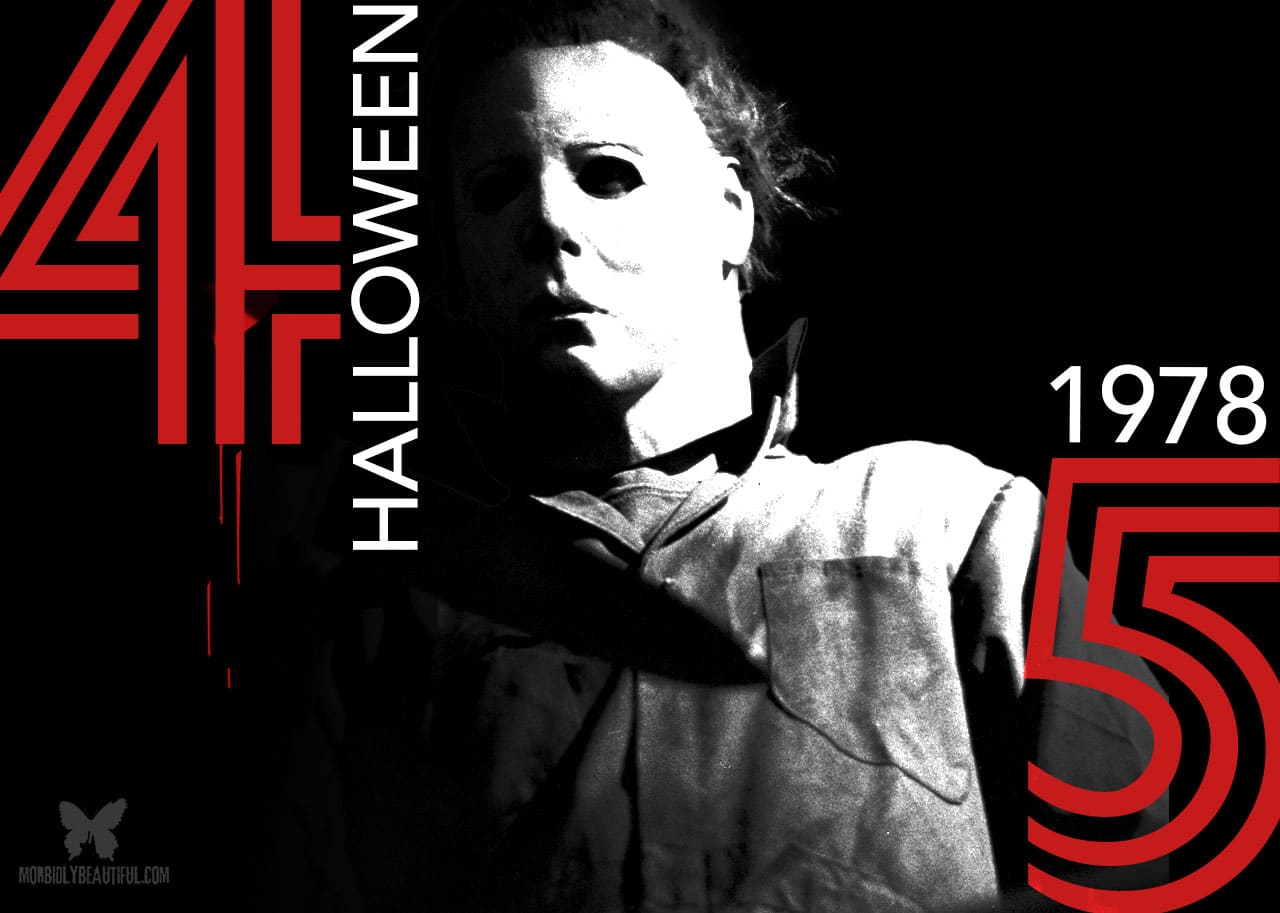
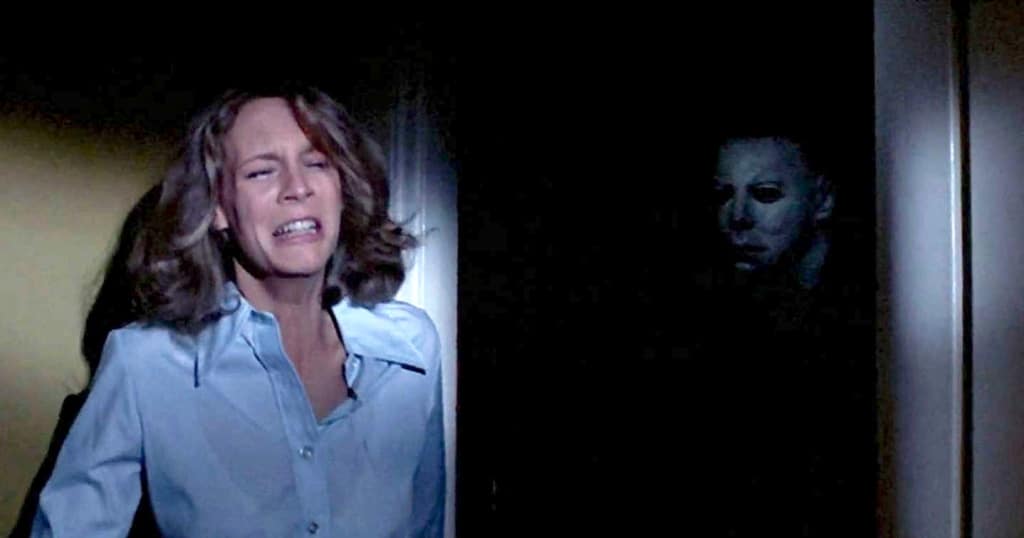
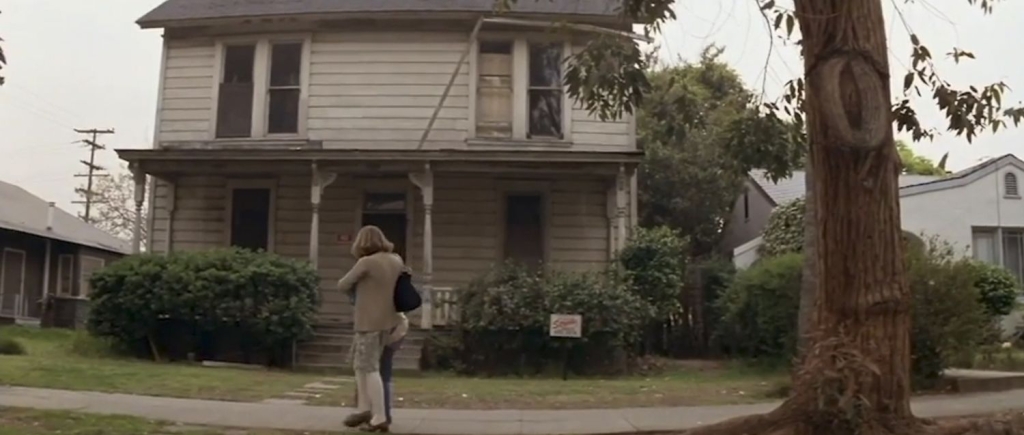
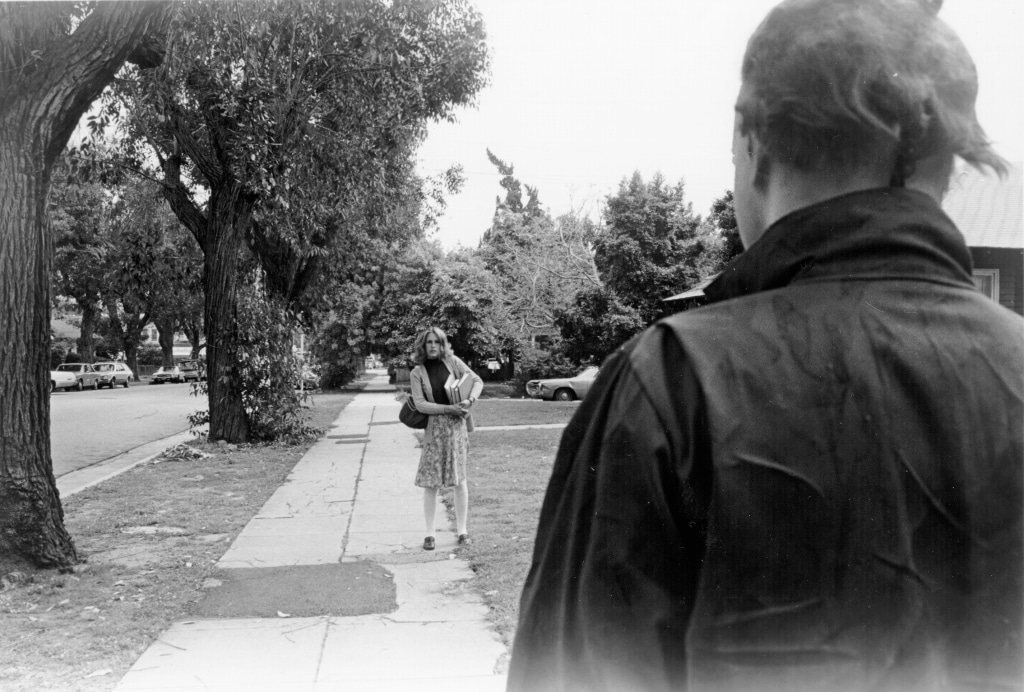
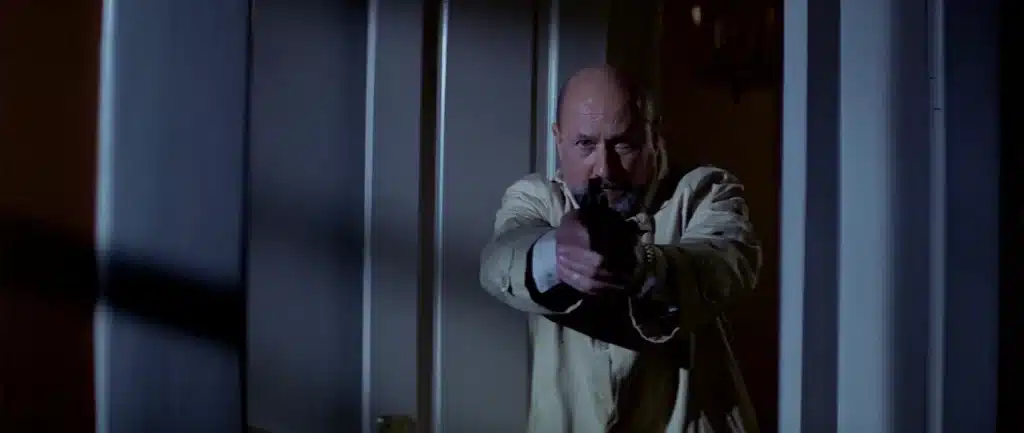
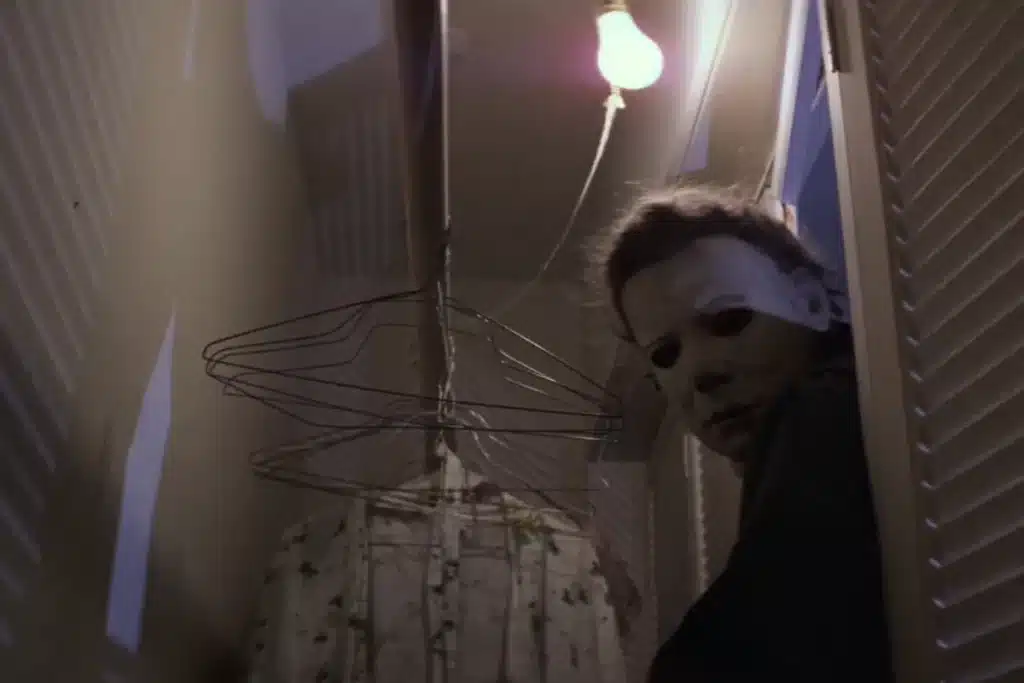

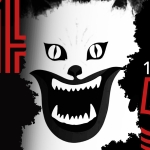
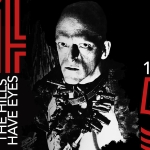
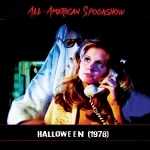







Follow Us!